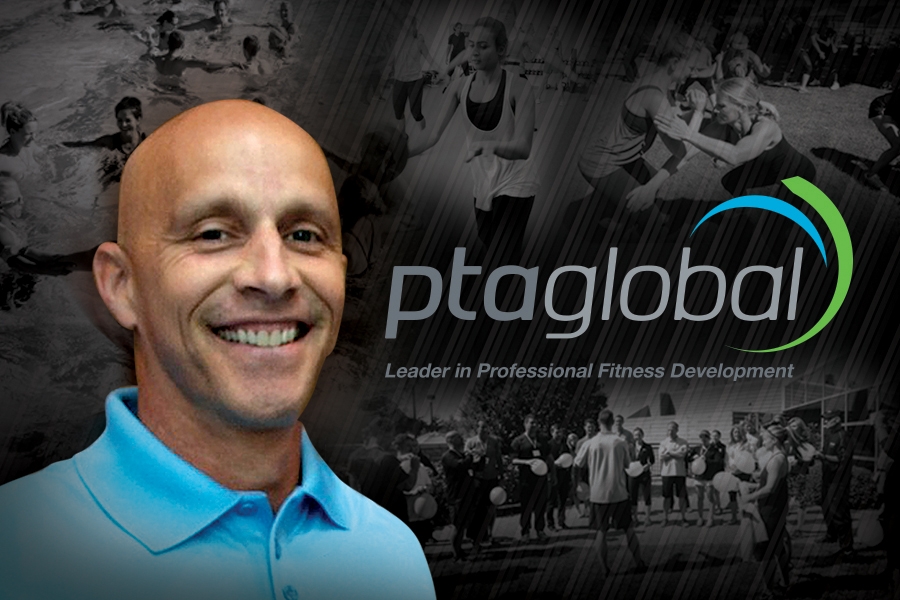Blaming your clients for their lack of drive might mean you’re ignoring your own role in their downfall, says PTA Global co-founder Rodney Corn.
A complaint that is heard quite frequently in our industry sounds something like this: “My clients can’t seem to stay (self)-motivated.” Almost anyone can do something for a few weeks, especially if the external motivation is high enough. However, shortly thereafter if the client has not made a stronger or more emotional connection, the motivation will fade. My curiosity is piqued with the whole concept of ‘motivation’. Is it really a person’s motivation or is it something else that we as fitness professionals need to be aware of? The simplest and most effective definition of ‘motivation’ I have ever come across is: The reason or reasons one has for acting or behaving in a particular way.
In light of that, if you have ever uttered the gripe recounted at the beginning of this article about your clients’ motivation, I would urge you to reconsider. Perhaps your clients are ‘motivated’ – just not in the way you want them to be, or even in the way that best fits their desired outcomes in life. When we label them as unable to stay motivated, we may be robbing them of the motivation that they do possess. We may also be branding them inadvertently with a false identity, as well as avoiding taking any of the responsibility ourselves. Maybe we should avoid trying to motivate them and instead begin to look at their motivation from a different perspective. This is where we may need to evaluate our own thought processes and skills. Perhaps the client appears to lack motivation because we as the professional lack empathy. If you are like me and need a definition of empathy, try this one: The ability to understand and share the feelings of another.
As fitness professionals, we cannot understand or share their feelings until we know what ‘A.L.E.s’ them … we achieve this when we Ask, Listen and then Execute.
Self-challenge
If you have a ‘playful’ client to whom you continually give a plank and they always complain, try this activity. Blow up a balloon, get down on the ground with them and play a game of prone balloon taps. Questions: Did their attitude suddenly change? Did they appear to be more ‘motivated’ than before?
Ask
We must ask the right questions in a purposeful sequence to create a safe environment that promotes trust and thus elicits honesty in their answers. Do you have a systematic process to achieve this consistently? You should.
Listen
If we are talking, we can’t be listening. When you are conversing with a client, challenge yourself with the W.A.I.T. principle – Why Am I Talking? People who are able to sustain an activity are not motivated by others. Instead, they motivate themselves. When the client talks, listen for key words that give insight into their desires, fears and passions. For example: “I like playing with my kids”, “I don’t really enjoying working out.”A few simple statements like this may provide huge insight into this client’s belief about exercise and how they want to engage in it. They may enjoy ‘playing’ and may not enjoy ‘working’. If their exercise programme looks and feels like ‘work’ – low interaction and minimal fun during the exercises – this person will be much more likely to lose motivation: not because they are not motivated, but because they were not put into an environment that fed their motivation.
How many times does a client receive exercises that they do not like? Why? Out of the infinite exercises that exist, can’t we as professionals find ones that the client likes? Similarly, a client might say, “I would like to see results.” Or “I need you to show me how.” Statements like these may give you insight into how best they learn. This client may be more visual in nature. They need to ‘see’ things for it to make sense to them. If we as professionals try to explain verbally or cue kinaesthetically by instructing them to perform a new exercise without sufficient visual explanation, they may get confused or intimidated and may subconsciously shut down. Again, they may appear to be losing motivation when in fact they were pushed away from their motivation.
Listen for words like:
- feel, touch, grasp
(indicates a kinaesthetic learner)
- see, show, view
(indicates a visual learner)
- hear, sounds
(indicates an auditory learner).
Execute
Once we have asked, listened and gathered insight into the client, we must integrate this into our exercise plan and execute it. The client experience needs to look, sound and feel like what they just told you. If not, they will lose interest and it is their loss of interest that we confuse for lack of motivation. When we pique their interest by embedding exercises and conversations that centre on them, we fuel their motivation.
Rodney Corn is a co-founder of PTA Global and is on the kinesiology department advisory board at California State University. He is also an adjunct faculty member at University of San Francisco and Globe University.
Discover the strength of the expanding digital market here







